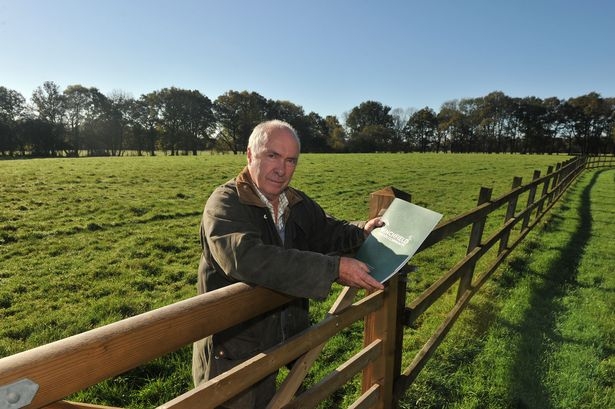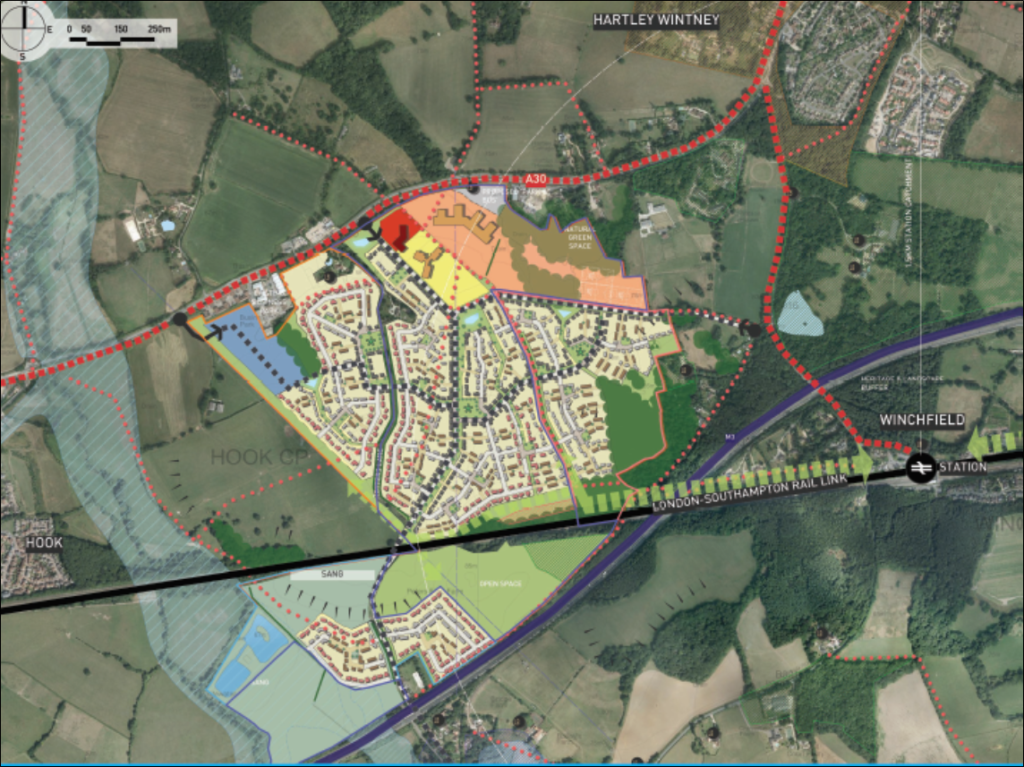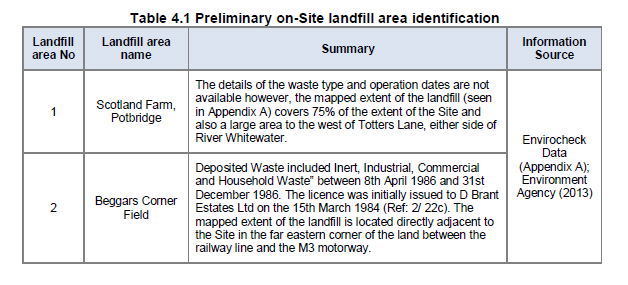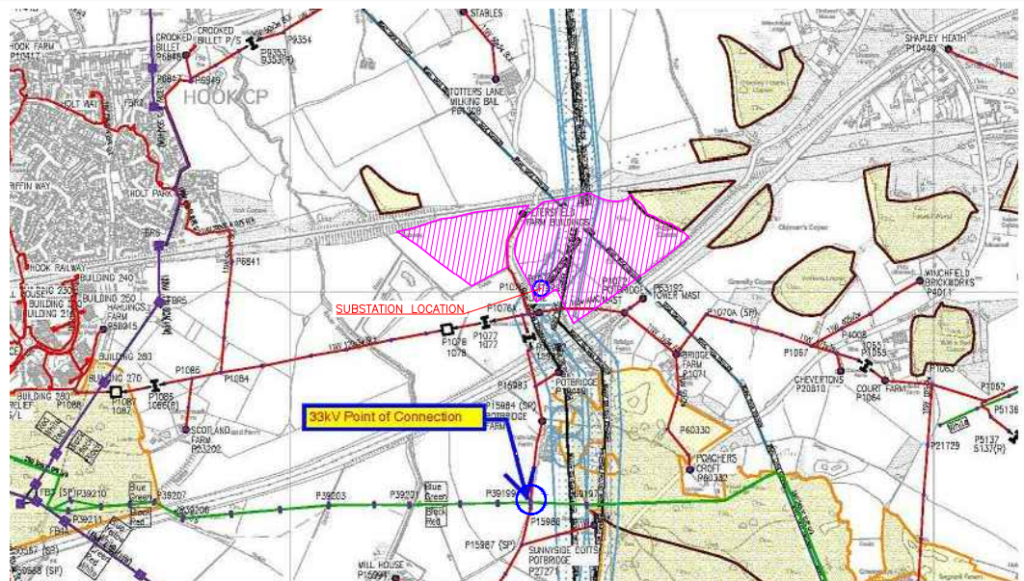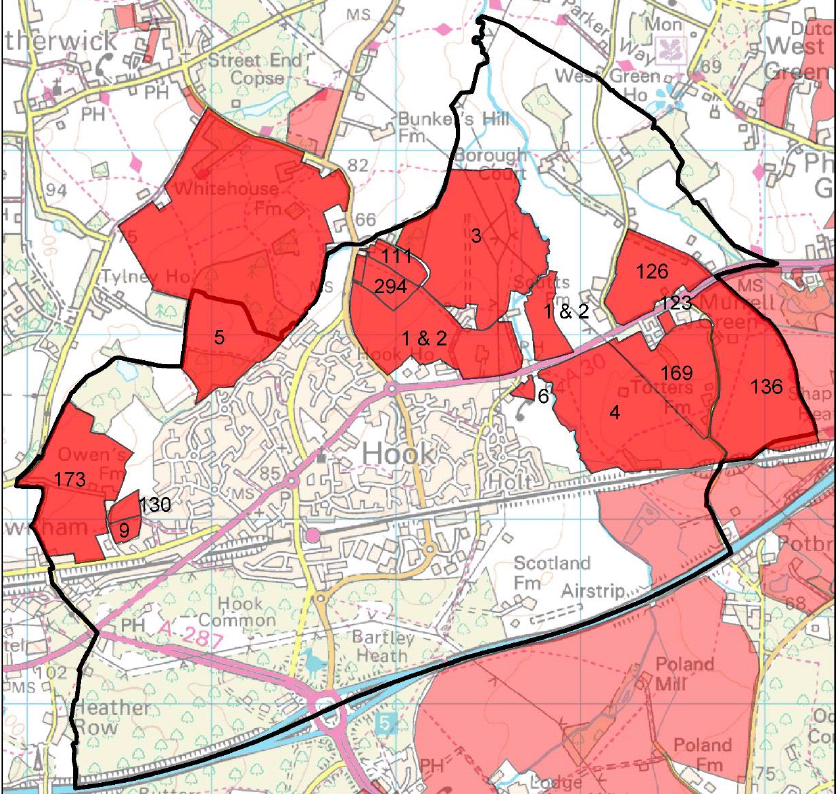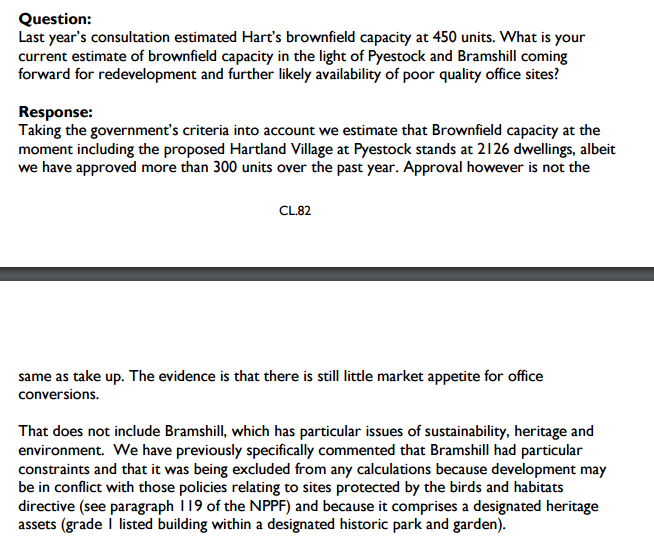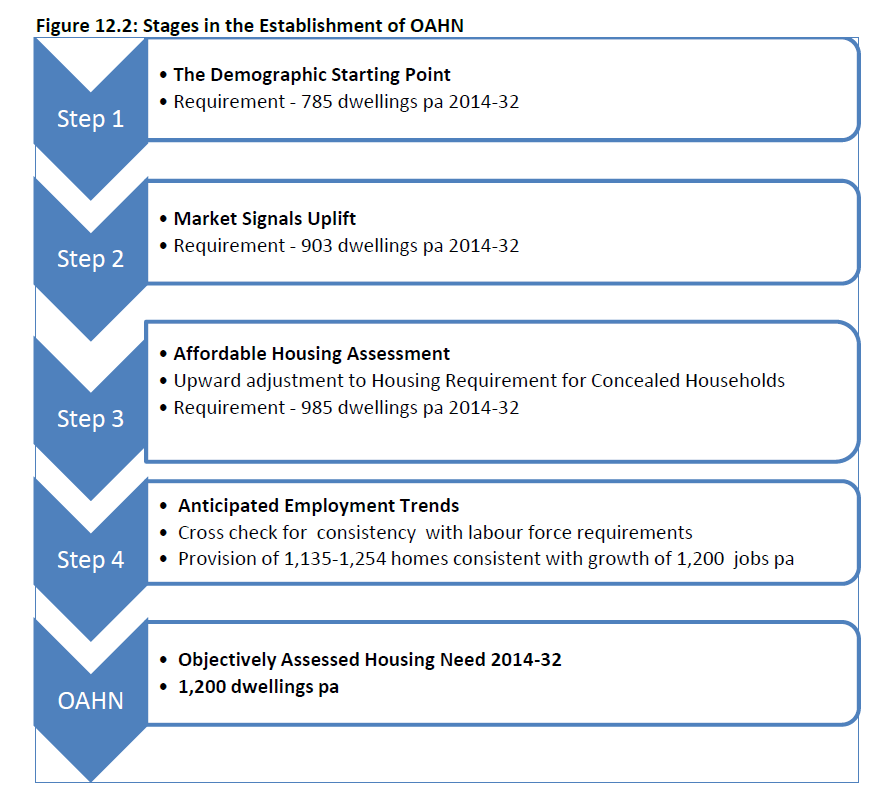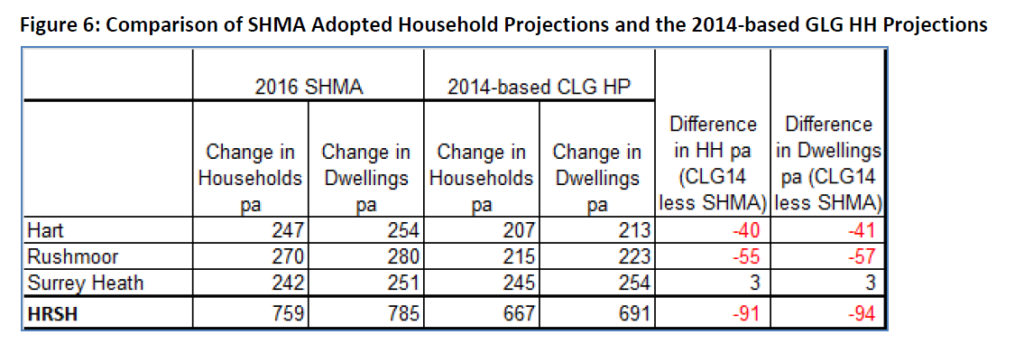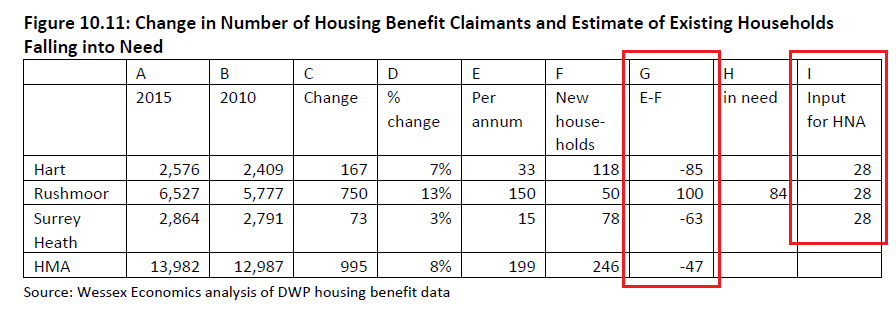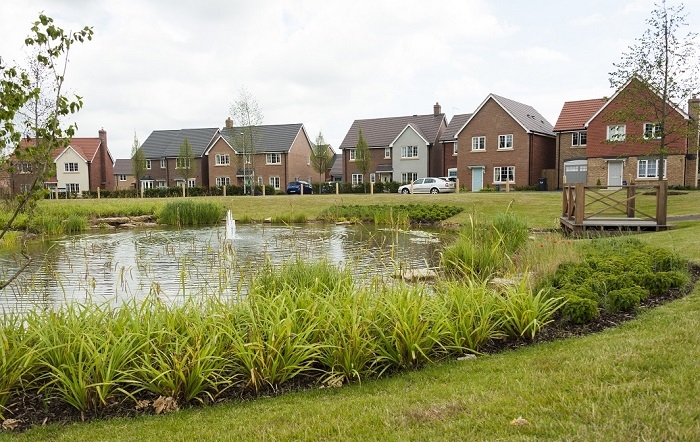
Motion of No Confidence submitted in Hart District Council
A motion of no confidence in Hart District Council has been submitted by Community Campaign Hart (CCH), (or as some call them Completely Concrete Hart) and the Liberal Democrats.
Apparently, they are unhappy that a new settlement at Winchfield has not been included in the Local Plan. They plan to push for Winchfield to be re-included if they manage to take over.
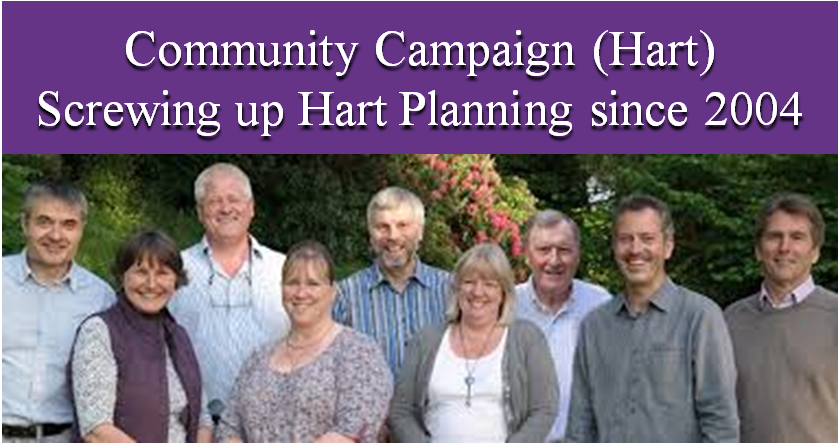
We think this is a bad idea for a number of reasons:
- This will add extra delay to the Local Plan process, adding to the risk that sites like Grove Farm (Netherhouse Copse) and Pale Lane (Elvetham Chase) will be given the go ahead at appeal before the Local Plan can be put in place
- Winchfield has failed testing. The main issues with the proposal are:
- groundwater and surface water flooding,
- Cost of new road infrastructure and the need to travel to Fleet for main services
- requirement for new wastewater treatment works
- too much delivery risk concentrated in one site
- impact on landscape
- impact on heritage assets and SSSIs
- CCH have completely failed to oppose the main issue: we are being asked to build too many houses. Hart Council have arbitrarily added an extra 2,000 houses to the already inflated SHMA figure of 8,000, giving a total over 10,000 houses. Tackling this would mean we don’t need a new settlement at Winchfield or Murrell Green, nor would we need Pale Lane or Grove Farm
- A new settlement at Winchfield will likely have a major impact on congestion in Church Crookham and the western edge of Fleet.
We predict a stormy council meeting on 25 May.
[Update – Statement from Conservative Council Leader]
Conservative Council Leader Stephen Parker commented:
We have a clear track record of success in running Hart Council. Despite cuts to Hart’s government funding we used Conservative ministerial contacts to reduce the cuts, froze Council tax for 6 years and made minimum increases for the last two years. At the same time we made innovative partnerships to make sure that no cuts were made to our services or to our support to the voluntary sector. We delivered the new Hart Leisure Centre, a superb facility which pays for itself with no increases to Hart’s Council tax. We listened to residents in making our Local Plan which maximises use of brownfield sites and protects our towns and villages from unwanted expansion. At no time in the last eight years of Conservative leadership have they challenged any of these successes. Residents will no doubt look forward to reading their joint manifesto.
[/Update]
[Update 2 – statement from CCH]
Statement about motion to bring about a vote for Council Leader
Until fairly recently Hart District Council had a democratic process of electing the council Leader every year at the AGM. This right was taken away by the then Conservative administration, presumably because they realised that as is the case now there would be times when they did not have a majority on the council.
The Conservatives forced through the instigation of a 4 year term for the council Leader, the maximum period they could have gone for without falling foul of legislation.
Out of 33 councillors there are 14 Conservative, 10 Community Campaign, 8 Lib Dems and 1 Hook Independent. No one party have the 17 councillors required to hold a majority on the council.
The Community Campaign have asked the current Leader if he’d be willing to continue as Leader with a proportional Cabinet made up of 3 Conservatives, 2 Lib Dems and 2 Community Campaign members. Given the proportionality of such a Cabinet it does not seem to be an unreasonable request.
We await his response. However, should the Conservatives not wish to work with a cross party partnership then we believe that the Council should have the right to elect a new Leader.
The nature of the council’s constitution is such that in order to bring about the opportunity to elect a new Leader a motion to withdraw support for the current leadership needs to be lodged 7 clear working days before the council’s AGM.
The full motion moved by Cllr. James Radley of the Community Campaign reads;
The council wishes to use this AGM, as it represents the traditional point in the municipal year, to undertake a vote for the leader of council. To bring about such a vote the constitution requires that a vote to remove the current leader first be tabled. To this end this council retracts support for the current leader and does so as required by the constitution by voting to ‘remove from office the current Leader of the Council and agrees that a new Leader should be elected forthwith’.
[/Update 2]
[Update 3: Lib dems tweet to say they don’t support new settlement at Winchfield]
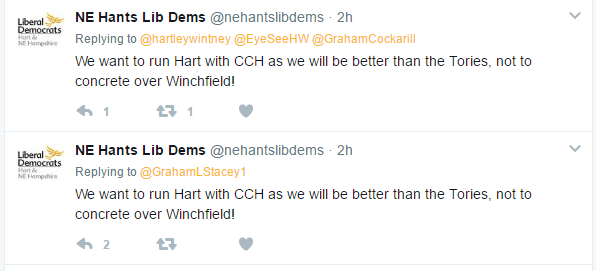
[/Update 3]

